
Introduction
“Please do not call me arrogant because what I say is true. I’m European champion. I’m not one out of the bottle; I think I’m a special one.”Jose Mourinho was a revolutionary coach who broke the mould. Before he arrived in England, there was one formation that dominated, the 4-4-2.Mourinho was thrust into the limelight during Porto's historic Champions League triumph in 2004. He was seen sprinting down the Old Trafford touchline celebrating besting Sir Alex Ferguson's Manchester United. Mourinho's side would not use a 4-4-2 not in the conventional sense. Porto would often use a 4-3-1-2 or the narrow diamond, both systems allowed Porto to stay compact and defensively robust but more importantly had an advantage over the 4-4-2.
At Chelsea Mourinho always had an extra man in the midfield, he did this by either playing a lone striker usually Drogba with Robben and Duff either side of him. Mourinho would also play a striker alongside Drogba either Crespo or Gudjohnson; he would then pack the midfield with a diamond deploying Lampard at tip and Makelele at the base. These systems and formations worked so well because English teams failed to adapt and continued using the 4-4-2.
Mourinho stated this himself "Look if I have a triangle in midfield – Claude Makelele behind and two others just in front – I will always have an advantage against a pure 4-4-2 where the central midfielders are side by side. That’s because I will always have an extra man. It starts with Makelele, who is between the lines. If nobody comes to him, he can see the whole pitch and has time. If he gets closed down, it means one of the two other central midfielders is open. If they are closed down, and the other team’s wingers come inside to help, it means there is space now for us on the flank, either for our own wingers or for our full-backs. There is nothing a pure 4-4-2 can do to stop things". Essentially, a 3 vs 2 situations in central midfield.
The Special One Tactics
Chelsea’s pragmatism represents manager José Mourinho’s ability as a master of preparation. He sees styles of play situationally and according to the opponent. He developed this flexibility at the start of his professional coaching career as Bobby Robson’s translator and scout at Sporting Club before following him to Porto and Barcelona.There are clear benefits from having three central midfielders against sides who only have two. Still, these were magnified by the quality of Chelsea’s players and Mourinho’s ability to alter his tactics based on the opposition. The structure of the formation, the quality of the midfield trio, and the ability of striker Didier Droga to occupy two central-defenders at once meant Chelsea were always able to create space in dangerous areas and allow the attacking talents of Lampard, Drogba, Joe Cole, Damien Duff, and Arjen Robben to flourish.
Mourinho also continued the emerging modern trend of attack-minded fullbacks, with William Gallas, Paulo Ferreira and Ashley Cole providing the width, the likes of Robben, Duff, and Cole were able to cut inside and interchange positions, an unconventional function for wide players at the time.
Yet where Mourinho made his most significant impression on Chelsea tactically was in defence. They kept 25 clean sheets and conceded just 15 goals 9 away from home, breaking Premier League records that remain unbroken to this day. Mourinho created a strong and powerful Chelsea team that would give the opposition nothing; they would grind teams into submission and be happy to win 1-0.
Mourinho's system requires defenders with superb concentration and discipline, perhaps more so than other coaches due to his preference for ceding possession to maintain a solid defensive structure and maximise counter-attacking opportunities. As such, it is no surprise that Mourinho purchased two defenders who were part of his Porto side in Ferreira and centre-back Ricardo Carvalho. Along with With Makelele, Terry and Cech formed the defensive spine of the team.
Replicating In Game
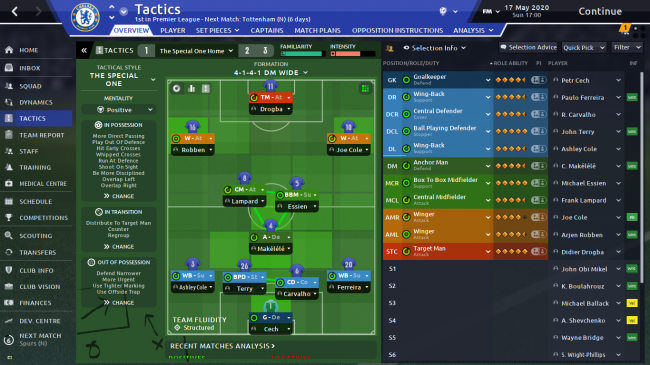
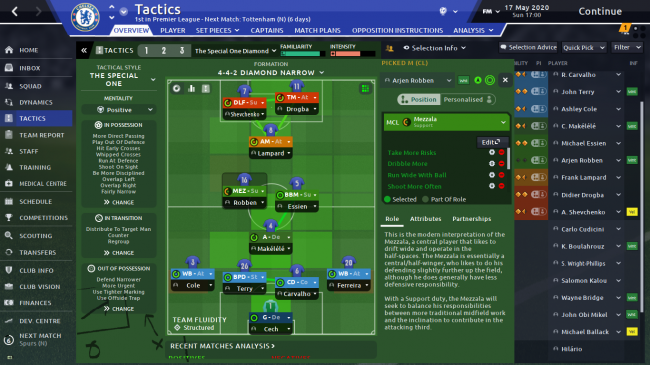
Mourinho would use the 4-3-3 and the diamond depending on the opposition, the players available to him and if he was happy with a draw and to nullify the opponents. In big European game away from home, he would set his teams out to be even more pragmatic, especially if they were leading from the first leg.
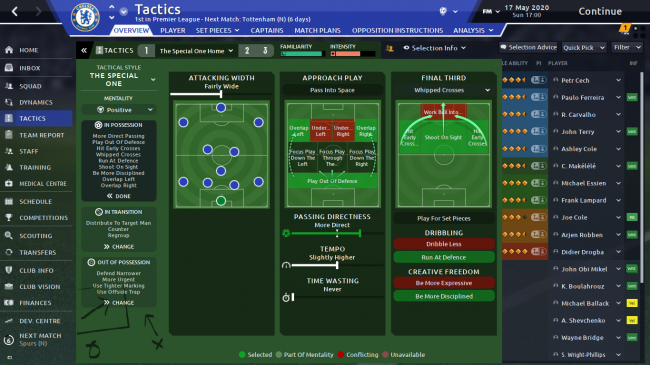
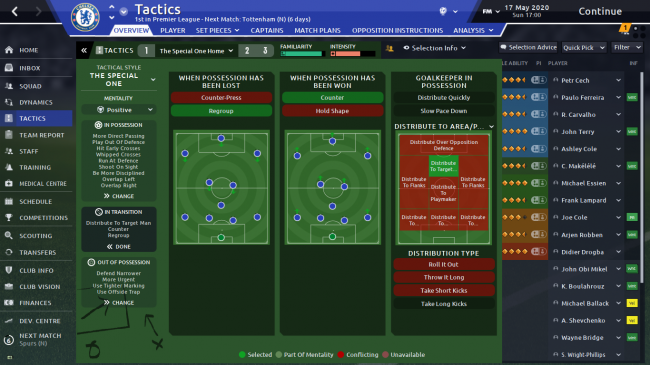
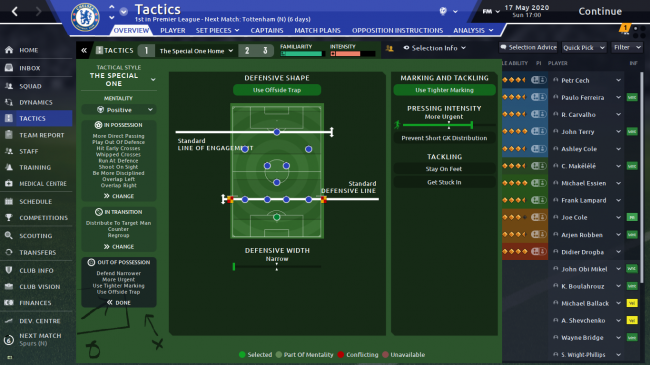
Another feature of Mourinho’s approach was his ability to alter his tactical setup based on the opposition. As Michael Cox has noted, he would frequently use Eidur Gudjohnsen, nominally a striker, in midfield alongside Frank Lampard to give Chelsea the greater attacking impetus needed. He would also do this using Robben and Duff in the diamond system.
A Mourinho side is structured and disciplined; however, Mourinho gives license to his front players the wingers would interchange with each other they would, therefore, be both wingers attacking the byline and inverted wingers attacking the box. Lampard would link up with Drogba and arrive late in the box.
The Results
The results were fantastic, and funnily enough, I only conceded 15 goals in the league matching Mourinho's first season in charge. I was able to improve on the goals scored, and this is probably due to Mourinho often closing a game down at 1 or 2-0. Competition wise I was able to use the squad depth Chelsea had to my advantage allowing me to win the League, Champions League and the FA cup.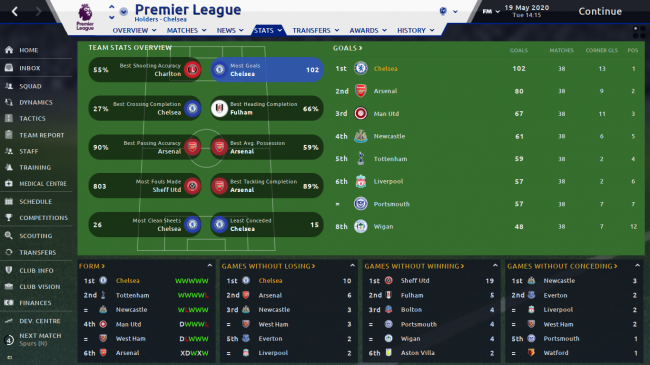
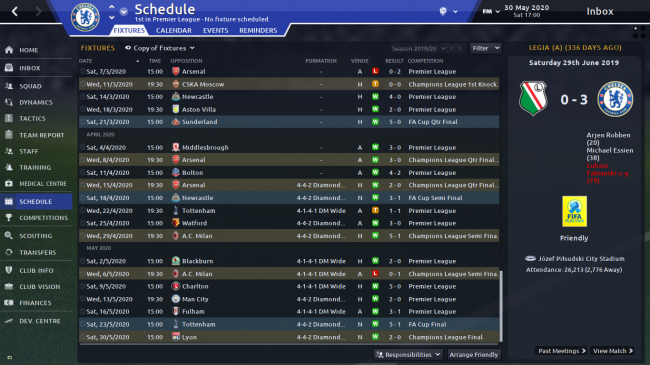
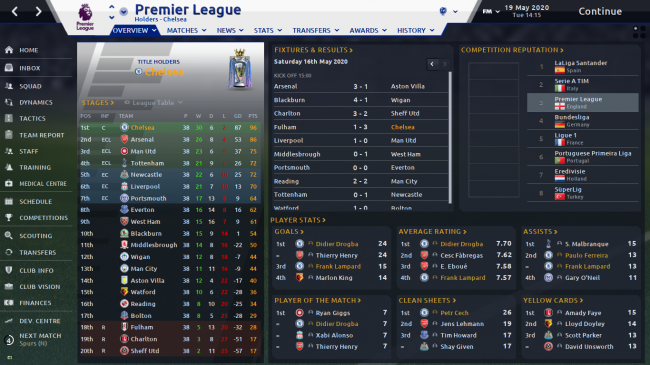





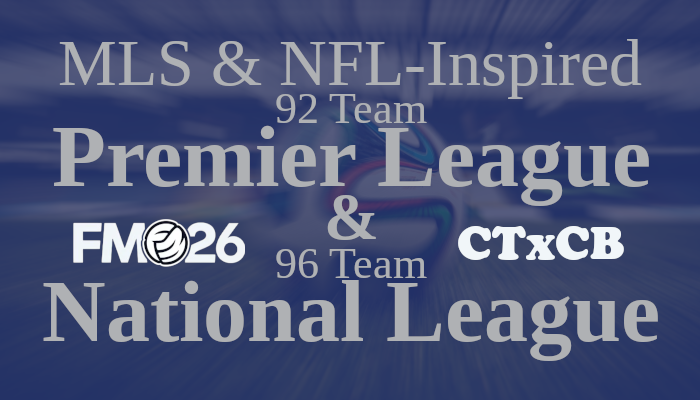
![TinyHips' Dark Mode Skin v5.2 [Win + MacOS] *UPDATED 26.1.0*](assets/downloads/fm26/fm26-dark-mode-skin.th.png)

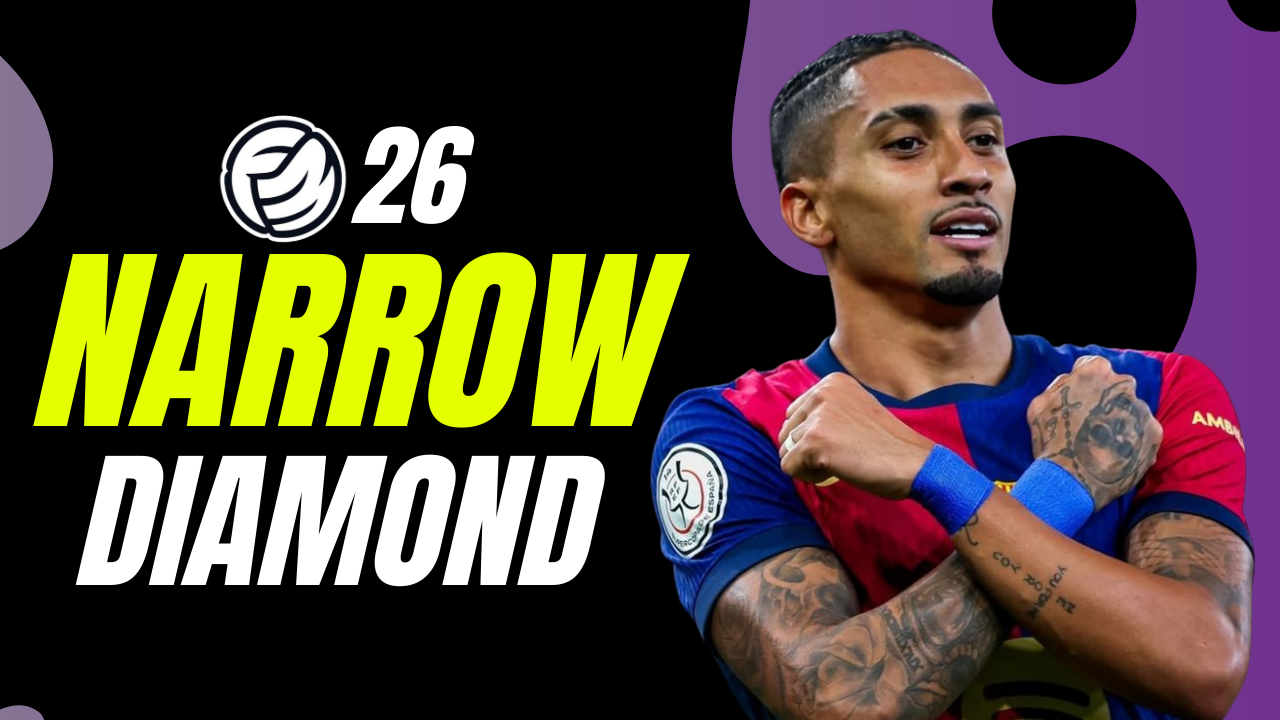
![FM26 Data Tweaks [v1.1 | v1.6]](assets/downloads/fm26/fm26-data-tweaks-by-sirtavares-v2.th.png)

Discussion: The Special One // Chelsea's 2004-2007 Tactics for FM20
2 comments have been posted so far.
Thank you so much for tactics, the game I'm playing with Galatasaray, Turkey Super League do not live much distress because of I am playing with strong team but especially in the Champions League this tactic very useful.
Watching the game, I felt like I was really watching Morinho's Chealse.
I will follow you and your tactics, thank you very much.